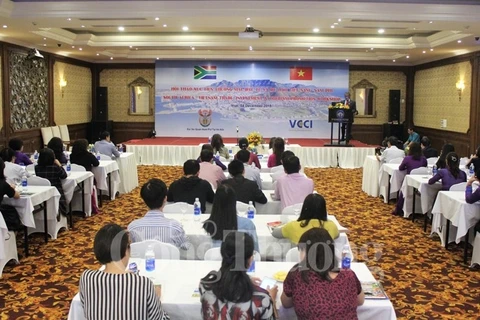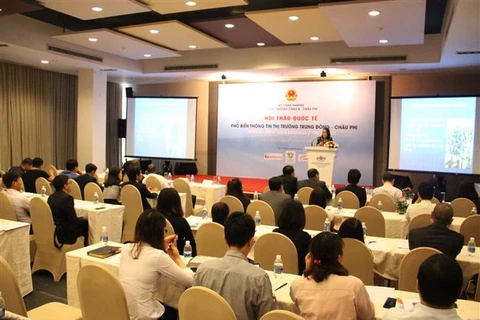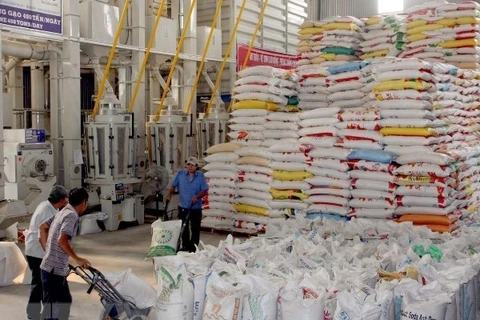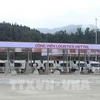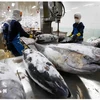Pretoria (VNA) – South Africa retained its top position among African trade partners of Vietnam in 2018, with bilateral trade topping 1.1 billion USD, up 11.7 percent from 2017 and accounting for 16 percent of total trade between Vietnam and African countries.
According to statistics of the Vietnamese trade office in South Africa, Vietnam shipped 724.3 million USD worth of goods to South Africa, down 3.7 percent year on year, but its imports from the country surged 59.5 percent to 386.4 million USD.
The office’s head Dao Manh Duc attributed the drop in Vietnam’s exports to falling shipments and value of mobile phones and parts by foreign-invested enterprises in the country. As the biggest staple in Vietnam’s exports to South Africa, those products brought home only 227 million USD in 2018, down 22.2 percent.
Footwear and computer-electronic goods are two other main items in Vietnam’s export to South Africa, earning 108.8 million USD and 96.2 million USD, respectively, last year.
It is noteworthy that coffee shipment value saw an impressive increase of 108.4 percent last year to 17.3 million USD. However, pepper suffered a decrease of 37 percent to 9.2 million USD.
The big increase in Vietnam’s imports from South Africa was driven by a 46.9 percent growth in fruit and vegetables and a 35.5 percent rise in wood and wood products.
Meanwhile, metal, the main item in Vietnam’s imports from South Africa, saw a drop of 3.3 percent in value to 89.7 million USD
Vietnam’s purchase of metal, machinery-tools and steel products fell significantly, with decreases of 88.2 percent and 40 percent, respectively.
Following South Africa, Egypt is the second largest trade partner of Vietnam in Africa, with bilateral trade going up 36.6 percent in 2018 to 439 million USD.
Vietnam’s trade with 53 out of 55 African countries was estimated at 6.6 billion USD in 2018, with export value approximating 3 billion USD, up 10 percent year on year, according to statistics of the Department of Asian-African Markets under the Vietnamese Ministry of Industry and Trade.-VNA
VNA

